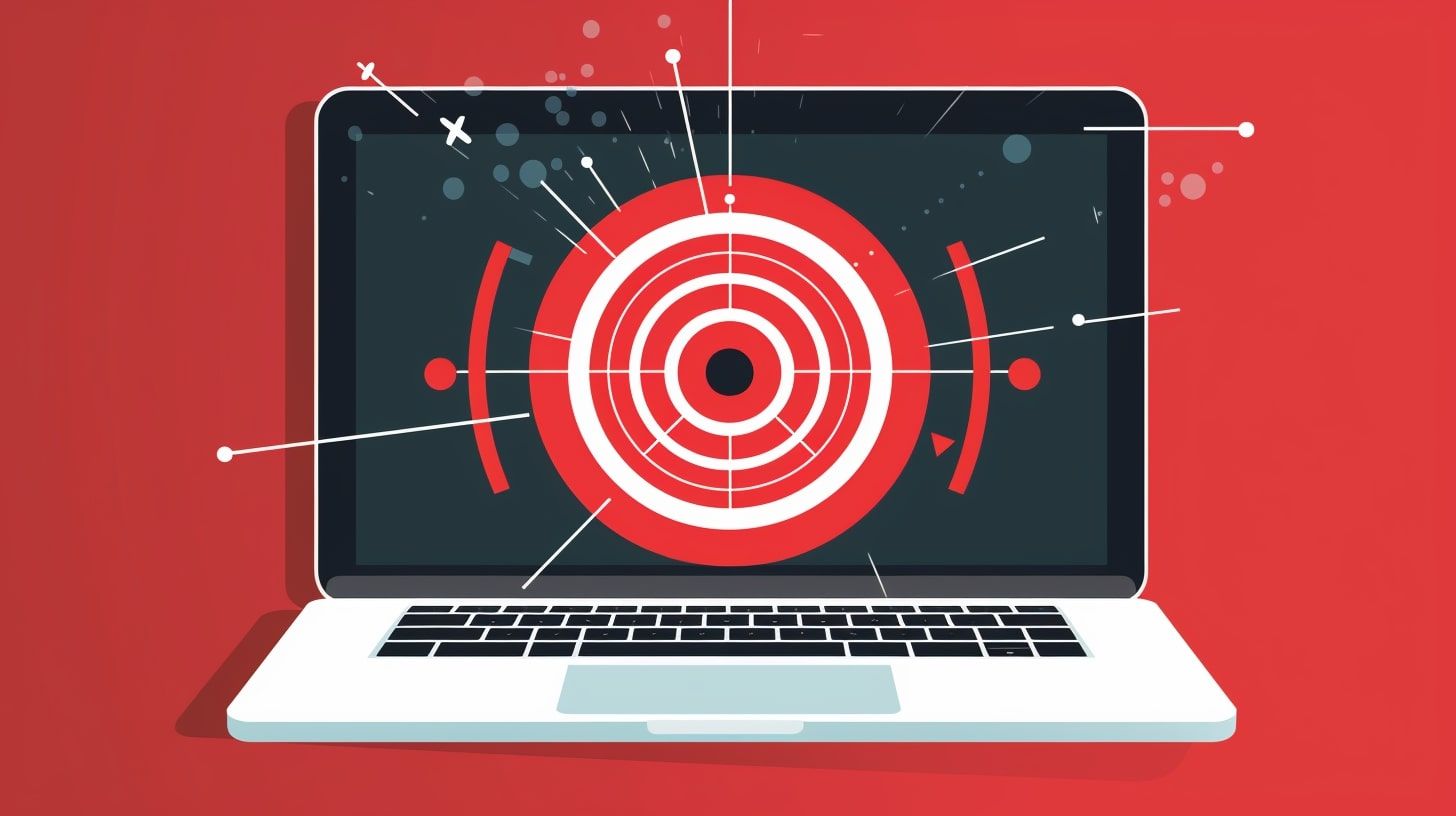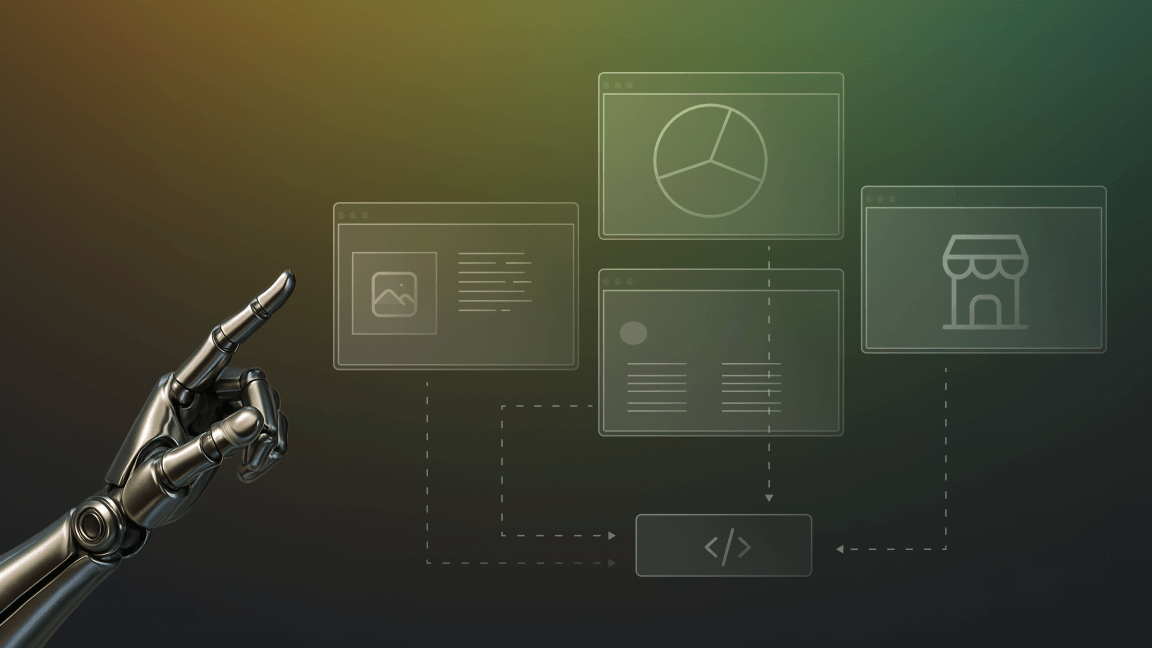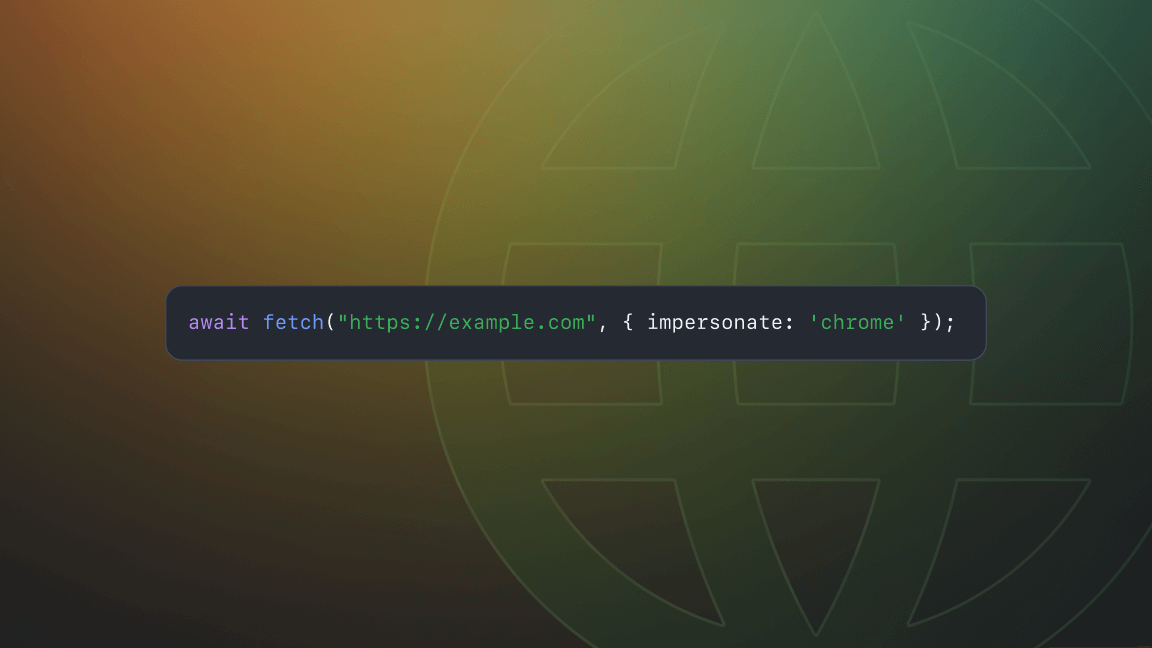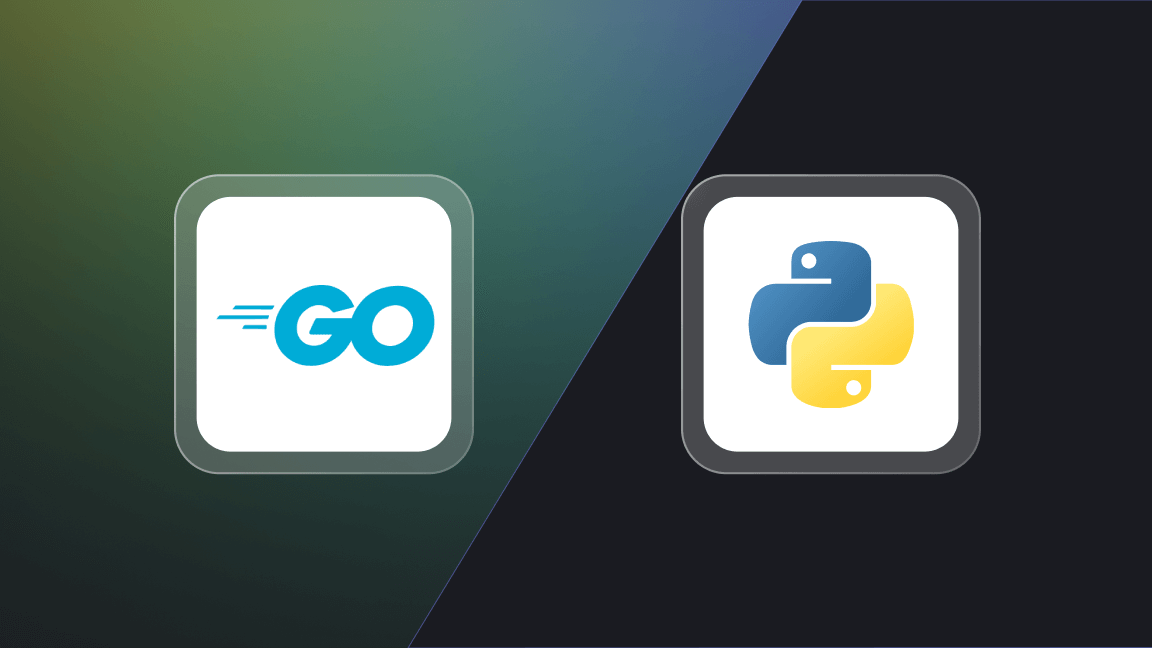Understanding the difference between web crawling and web scraping is essential if you're getting involved in web data extraction. Although they're related, these two processes serve different purposes.
Web crawling vs. web scraping: the difference in one sentence
Web crawling is about indexing websites by finding URLs, while web scraping focuses on extracting specific data from target web pages.

What is web crawling?
Web crawling is the automated process of navigating through the internet to collect information about websites and discover individual web pages. The primary objective is to index the web pages.
Key features
- Starts with a set of initial URLs, known as seed URLs.
- Visits these URLs and identifies all hyperlinks on the page.
- Adds newly discovered links to a queue of URLs to be visited next.
- Continues the process recursively.
What is web scraping?
Web scraping focuses on extracting specific data from web pages for analysis, monitoring, or storage. Instead of merely navigating and indexing web content, web scraping retrieves the data you specify from the pages you target.
Key features
- Targets specific web pages containing the data of interest.
- Downloads the HTML content of these pages.
- Parses the HTML to locate and extract the targeted data.
- Saves the extracted data in a structured format such as CSV or JSON.
Web crawling vs. web scraping: key differences
- Purpose: web crawling is about indexing and understanding structure, while web scraping aims to extract specific information.
- Output: web crawling typically results in a list of indexed URLs, while web scraping provides structured data extracted from web pages.
- Scope: web crawling generally covers a broader range of web content, often the entire web or a substantial part of a website. Web scraping is more focused, targeting specific elements on specific pages.
| Web crawling | Web scraping | |
|---|---|---|
| Purpose | Indexing and understanding the structure of websites. | Extracting specific data from web pages for analysis, monitoring, or storage. |
| Primary output | List of indexed URLs. | Structured data in formats like CSV or JSON. |
| Scope | Covers a broader range of web content, often the entire web or a large part of a website. | Targeted focus on specific elements of specific web pages. |
| Process | Starts with seed URLs, identifies hyperlinks, adds new links to a queue, repeats process. | Targets web pages, downloads HTML, parses HTML to locate and extract data, saves data. |
Web crawling vs. web scraping: how to choose which you need
While web crawling and web scraping are closely related, understanding the differences between the two can help you choose the right technique for your specific needs. Web crawling is about indexing and understanding the overall structure, whereas web scraping focuses on extracting particular data points for analysis or monitoring. Both are essential tools in the data extraction toolbox, but they serve different purposes and are suited for particular types of tasks.
When to use a web crawler
Web crawlers are ideal for projects where the primary objective is to understand the landscape of the web or a specific website. A web crawler navigates through URLs to index and understand the structure and layout of sites.
Here are some scenarios where you'd typically need the web crawling process:
- Search engine optimization (SEO): understand how search engines view your website to improve your rankings. This includes figuring out how to rank on Google My Business, people also search section in SERP and other catching places.
- Market research: identify competitors and get an overview of the dynamics of a specific industry online.
- Content aggregation: collect URLs from sources for later extraction.
- Link auditing: check the validity of links on your website to make sure they aren't broken.
- Web archiving: discover web pages to be preserved for historical records or compliance.
- Social media monitoring: keep track of how content or brand mentions spread across unexpected forums and social media platforms.
- Plagiarism detection: discover where your content might have been copied or used without permission.
- Geo-targeted content: compare how web content differs based on different geographic locations.
- News and event tracking: follow trending topics and current events by crawling news sites and social media.

How search engines use web crawling
Search engines rely heavily on web crawling to build their vast indexes. Essentially, they send out web crawlers or "spiders" to roam the internet. These crawlers start with a list of known URLs and then follow the hyperlinks found on those pages to discover new URLs. As they navigate from page to page, they collect data about the website's structure, content, and keywords. This information is then indexed and used to serve up relevant results when someone performs a search. Without web crawling, Google and its competitors wouldn't have the extensive data needed to provide accurate and timely search results.
When to use a web scraper
On the other hand, web scraping is specialized to extract data from a web page. A web scraper is your go-to tool if your project needs to extract data, like product prices, stock quotes, or social media comments. Unlike a web crawler, which collects URLs for indexing, web scrapers focus on extracting data from target websites.
Here are some common use cases for web scraping:
- Price monitoring: track price changes on e-commerce websites to make informed buying or selling decisions.
- Competitive intelligence: monitor changes in products, blog posts, or other content on competitor websites.
- Sentiment analysis: extract customer reviews and comments to understand public opinion or for market research.
- Data journalism: compile data for in-depth stories or investigative journalism.
- Lead generation: gather contact information to build a database of potential clients.
- Stock market: monitor stock prices, market trends, and financial news for investment decisions. It can also be used when engaging in crypto margin trading and other complex financial strategies that require real-time data and analysis.
- Weather data collection: collect meteorological data for research or to inform business decisions like supply chain management.
- Job board monitoring: gather job postings related to specific skills, industries, or locations.
- Real estate: scrape property prices, rent rates, and area details for market research.
- Academic research: assemble datasets for academic or research projects.
- Social media analytics: extract posts, likes, and follower counts for brand or competitor tracking.
- Travel fare aggregation: compile prices of flights, hotels, or rental cars from various platforms for comparison websites.
- Event monitoring: keep an eye on event details, ticket prices, and availability for concerts, conferences, or sports events.

Combining the web crawling and web scraping process
Web crawling and web scraping are not mutually exclusive. You might start with web crawling to identify the URLs that contain the web data you want to analyze. Once these URLs are identified, you can switch to web scraping for the data gathering. This hybrid approach is particularly useful when you know the kind of data you want but are uncertain about where it's located.
Web crawling vs. web scraping: big picture vs. specialist
Understanding the unique roles of web crawling and web scraping can make web data extraction much easier. At its core, web crawling is for indexing the web and understanding its intricate structure. It's the big picture guy, gathering URLs and helping businesses make sense of the vast online landscape.
Web scraping, on the other hand, is the specialist you hire when you need to dive deep into specific web pages to pull out targeted data. It's all about the details — extracting precisely the information you need for tasks like price monitoring, sentiment analysis, or data journalism.
Often, the best approach is a hybrid one, using web crawling to identify the landscape and find the URLs of interest, followed by web scraping to extract the nitty-gritty details.
The next time you're involved in a data extraction project, take a moment to consider your objectives. Are you looking to understand the broader structure of a website or the entire web? You need web crawling. Do you need specific pieces of web data for analysis or decision-making? Time for web scraping.
And remember, these tools are often most effective when used together, offering a comprehensive solution for extracting data.
If you want to learn more about web scraping, here are 6 things you should know before buying or building a web scraper.
Or maybe you're worried about whether web scraping is legal. The short answer is "Yes, web scraping is legal", but you should understand the rules regarding publicly available data to stay safe.
Or you might be ready to get started, in which case check out Apify Store and its huge range of pre-built scraping tools.








